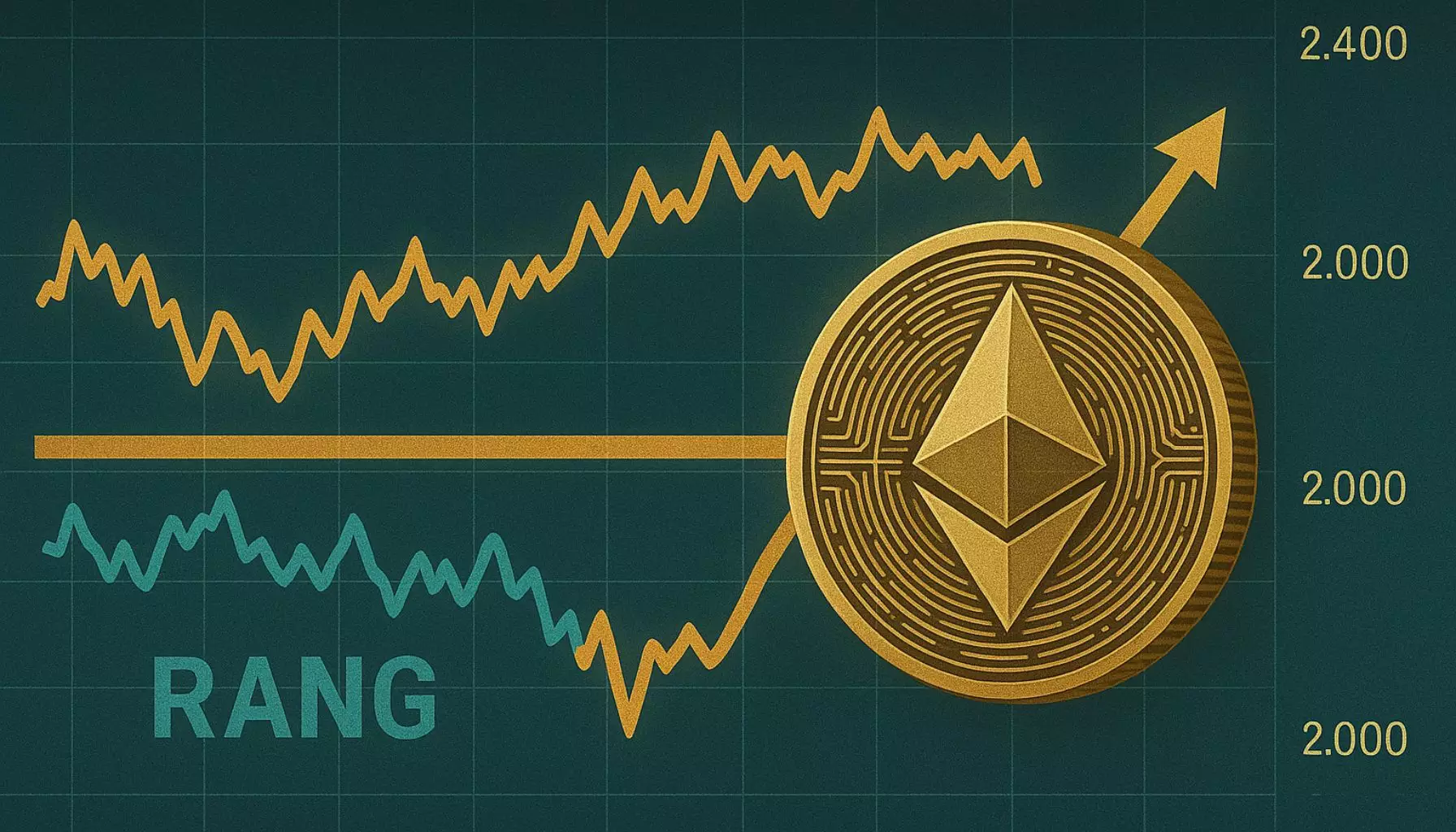The recent rally of Ethereum has sparked excitement among traders and investors, heralding a potential reversal of a prolonged sideways trend. Surging past the formidable $2,700 mark, ETH has broken a crucial consolidation phase that had muted its movement for weeks. Yet, beneath this apparent strength lies a complex reality: is this breakout a genuine sign of bullish momentum, or merely a fleeting respite before the market resumes its downward drift? As a center-right supporter of free markets, I believe this moment underscores the volatility and unpredictability inherent in crypto markets. While technicals suggest renewed vigor, macroeconomic variables and investor sentiment remain fickle, creating a landscape where optimism can quickly evaporate.
Assessing Ethereum’s latest move, we recognize that technical indicators appear to support a bullish outlook. The brave ascent above $2,700, accompanied by increased volume, suggests that some traders see this as an initiating step towards higher levels. Moving averages are inching upward, reinforcing the narrative of a potential trend shift. Nevertheless, these technical cues are vulnerable to rapid reversals if broader economic signals sour or if resistance at $2,800 holds firm. The fundamental question remains: are traders genuinely confident, or are they simply riding a short-term technical rally driven by speculative speculation?
Is This a Breakout or a False Dawn? The Risks of Overconfidence
While technical analysis paints a promising picture, it is vital to scrutinize whether Ethereum’s recent performance reflects true market strength or an illusion. The proximity to resistance at $2,800 is crucial; failure to breach this level decisively could signal a trap for overenthusiastic bulls. Historically, Ethereum’s repeated attempts to overcome this threshold have been thwarted, leading to retracements and renewed fears of decline. The risk here isn’t merely about missing out on gains but about falling prey to a false breakout that could accelerate sell-offs once traders lose confidence.
Furthermore, the macroeconomic backdrop offers little support for sustained bullishness. The resilient U.S. labor market provides a cushion for risk assets but also poses the threat of inflationary pressures forcing the Fed’s hand to tighten monetary policy again. Such moves tend to depress risky assets like cryptocurrencies. Geopolitical tensions, although temporarily eased, remain volatile; unresolved conflicts or economic shocks could undermine the fragile confidence that seems to be rising now. For those of us who support free-market principles, it’s essential to remain skeptical, understanding that markets can turn quickly in response to macroeconomic shocks or policy shifts.
The Broader Implications: A Market Ripe for Manipulation or Genuine Recovery?
Ethereum’s technical breakout, if sustained, could herald a broader altcoin rally, given its role as a market leader. However, this scenario raises questions about the sustainability of such momentum in what is inherently a speculative environment. Crypto markets often react disproportionately to technical signals, and sometimes, these moves are driven by coordinated pump schemes or herd mentality rather than genuine fundamental shifts.
The recent price action too closely resembles previous false starts, in which Ethereum surged only to falter at resistance levels. This pattern suggests that traders should temper their expectations. The upward momentum, while visually compelling, is susceptible to rapid reversal if broader market conditions deteriorate or if key support at $2,700 cannot hold. For those advocating for a balanced and pragmatic approach to investing, it remains prudent to see whether Ethereum can establish firm support before abandoning caution.
In essence, Ethereum’s recent rally is a reminder that markets often overcome these technical hurdles only temporarily. While the breakout provides hope that a new upward phase could be underway, skepticism is warranted. Relying solely on technical indicators without considering macroeconomic realities and market psychology is a dangerous game. If we dare to scrutinize the facts critically, we might conclude that Ethereum’s recent performance, though promising, is still vulnerable to setbacks. Its real test will come in the coming days—will it sustain above resistance or succumb to the age-old forces of market correction? Only time will tell whether this is a true turning point or just another chapter in its volatile history.

